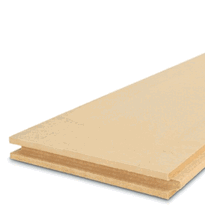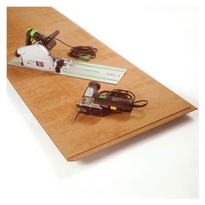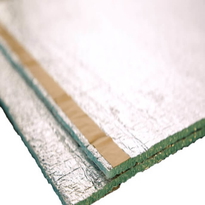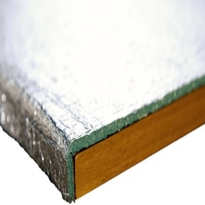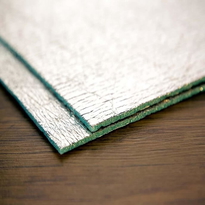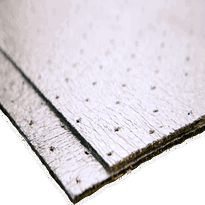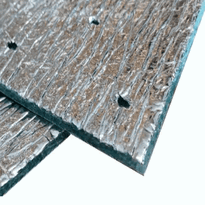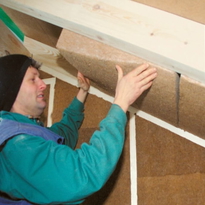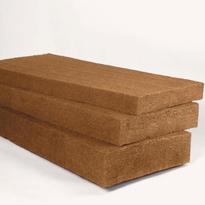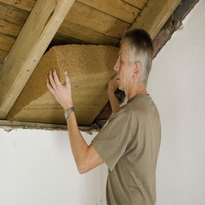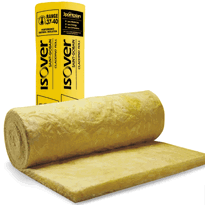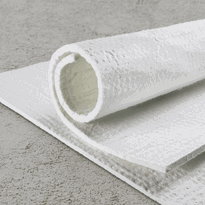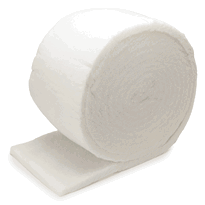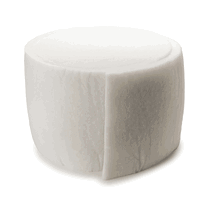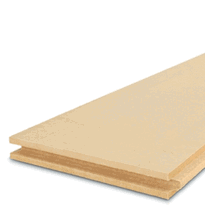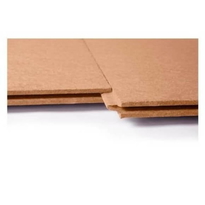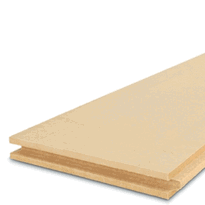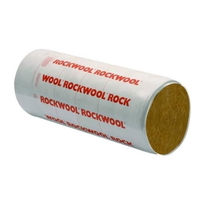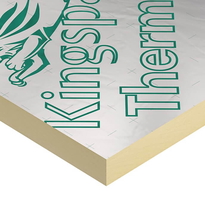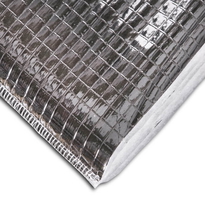Understanding the Unique Challenges of Vaulted Ceiling Insulation
Vaulted ceilings pose unique challenges for insulation due to their distinctive structural and design features that complicate traditional methods. Their increased height, exposed beams, and often complex framing create voids and inaccessible areas, making uniform insulation difficult to achieve. Insulation materials vary in their ability to conform to these irregular spaces, which can impact their overall effectiveness. Ensuring proper ventilation is essential to prevent moisture build-up, which can lead to mould, wood rot, and the formation of ice dams in colder climates. The complexity of the framework can obstruct effective airflow needed to carry moisture away, especially when insulation materials block vents or air pathways. Additionally, fitting insulation around rafters while maintaining the aesthetic appeal of exposed beams requires careful planning and specialised techniques. Achieving an ideal balance involves using specialised materials and methods to ensure the home remains energy-efficient, comfortable, and free from moisture-related issues. Understanding these challenges is fundamental to developing effective strategies for insulating vaulted ceilings in UK homes.
Choosing the Right Insulation Material for Sloped Roofs
Choosing the Right Insulation Material for Sloped Roofs
Selecting suitable insulation materials for sloped roofs requires careful consideration of several factors that influence their performance and longevity. Key aspects include the K-value, which measures a material’s thermal conductivity; lower K-values indicate better insulation properties. Moisture resistance is vital to preventing mould growth and structural deterioration; closed-cell foam generally offers superior resistance compared to open-cell foam. The durability of a material is also an important consideration, as sloped roof insulation must withstand weather conditions such as wind, rain, and temperature fluctuations over time.
The unique challenges of installing insulation in vaulted or complex roof shapes mean that materials must be adaptable. Spray foam and specialised batt solutions often provide effective fits for difficult spaces.
Cost-effectiveness and environmental impact are also important considerations. While fibre insulation is typically more affordable, natural options tend to be more environmentally friendly.
Effective Strategies for Installing Insulation in Vaulted Spaces
Effective insulation installation in vaulted spaces requires careful planning and precise execution to ensure optimal thermal performance and moisture management. It begins with selecting insulation materials with high thermal resistance, providing better resistance to heat transfer. Insulation should be carefully fitted between rafters or applied externally as rigid foam boards, ensuring continuous coverage for maximum effectiveness. The R-value requirements vary depending on climate zones and local codes; consulting local building authorities ensures compliance. Applying insulation to the exterior of the roof prevents condensation and helps maintain a consistent roof temperature, thereby reducing moisture-related issues. It's crucial to install a continuous air barrier to prevent warm, moist air from reaching cooler surfaces, which can lead to mould and damp problems. Additionally, proper preparation is essential. This includes clearing debris and removing any existing old insulation to enable new materials to be installed correctly. Paying close attention to these details ensures that the vaulted ceiling achieves energy efficiency and durability while minimising the risk of moisture problems.
Overcoming Common Obstacles During Insulation Projects
Overcoming Common Obstacles During Insulation Projects in Vaulted Spaces
When undertaking insulation projects in vaulted spaces, various challenges can impede achieving optimal thermal performance and effective moisture control. Recognising these potential obstacles is essential for implementing successful solutions.
Insulation Selection
Choosing the correct insulation materials can be complex. For example, fibreglass insulation may not always attain the desired thermal resistance, especially if it's improperly installed or compressed. Rigid foam boards might cause issues related to wood expansion, which can compromise the integrity of the insulation. Additionally, spray foam insulations, being rigid, pose a risk of cracking if the structure moves or if not correctly installed.
Selection should be guided by the specific requirements of the space, considering factors such as thermal performance, compatibility with existing structures, and ease of installation.
Proper Installation
The effectiveness of insulation heavily relies on meticulous installation. Gaps or gaps in coverage can lead to air leaks or thermal bridging, reducing overall efficiency. Ensuring airtightness involves sealing all joints and penetrations adequately and maintaining consistent coverage across the entire area.
Attention should be paid to avoiding compression of fibreglass batts and ensuring a snug fit for rigid boards. This not only enhances thermal performance but also helps prevent moisture infiltration.
Ventilation Challenges
Vaulted spaces often complicate ventilation strategies. Installing insulation can obstruct airflow pathways from eaves to ridge vents, risking moisture accumulation, which can lead to mould growth or ice dams in colder weather.
While unvented ceilings are permissible under UK building regulations, this is only acceptable if air leakage is carefully controlled and a minimum of 50 mm (2 inches) air gap is maintained to allow for adequate moisture dispersion. Proper assessment of ventilation needs and ensuring clear airflow pathways are critical for moisture management.
Moisture Control
Moisture management is vital to prevent condensation, mould, and structural decay. Proper placement of vapour barriers and effective sealing of all gaps are fundamental practices.
Vapour barriers should be installed on the warm side of the insulation, with continuous sealing to prevent humid air reaching cooler surfaces where condensation could occur. Regular inspections for gaps or leaks can maintain the integrity of moisture control systems.
Structural Considerations
Structural movement, particularly of timber elements, can pose challenges by affecting the adhesion and performance of rigid insulation materials. Flexibility in fixing methods and allowances for movement can mitigate these issues.
Ensuring continuous air barriers—such as sealed membrane layers—are properly integrated with structural elements helps maintain durability and insulation performance over time.
Maintaining and Improving Insulation Performance Over Time
Maintaining and improving insulation performance in vaulted roofs over time requires a systematic approach that prioritises regular inspections and prompt repairs. Regular checks should focus on identifying gaps, cracks, or signs of moisture infiltration, which can compromise insulation integrity. In climate zone 3, southern California, the mild and dry conditions reduce the risk of moisture-related issues, but vigilance is still important. Sealing any detected issues with appropriate materials, such as silicone sealant or specialised tape, ensures the airtightness necessary for optimal performance. It's essential to monitor moisture build-up through visual inspections or moisture metres, preventing mould growth and structural damage. Repairing damaged insulation or roof components promptly helps preserve thermal resistance, while installing vapour barriers where needed reduces condensation risks. Additionally, maintaining proper ventilation—by sealing vents securely or preserving air gaps—helps manage moisture levels and temperature fluctuations. [Since the existing roof assembly is layered with underlayment and shingles, ensuring these layers are intact and properly sealed enhances overall insulation effectiveness.] Consistent upkeep, combined with proactive measures, extends insulation effectiveness and supports the longevity of vaulted roof structures.
Conclusion
Proper insulation of vaulted roofs necessitates careful material selection, precise installation techniques, and ongoing maintenance to ensure optimal thermal performance. Addressing unique challenges such as irregular angles and limited accessibilities is essential for achieving effective results. Regular inspections and improvements can prevent heat loss and enhance durability. Following a systematic approach, from planning through to execution and maintenance, guarantees that the insulation system functions efficiently, providing consistent comfort and energy savings over time in vaulted ceiling spaces.
